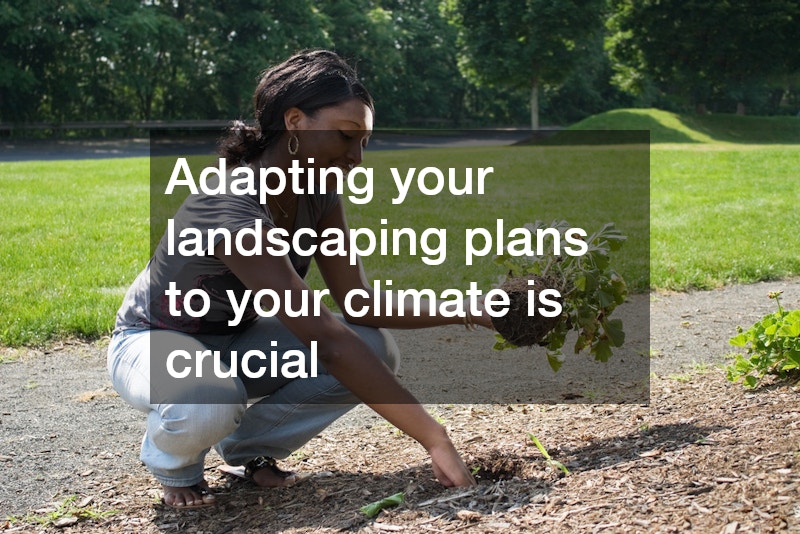Understanding how to choose the right landscaping supplies is crucial for any successful home gardening or landscaping project. Whether you are a novice or an experienced gardener, selecting the right materials can significantly influence the outcome of your landscaping efforts.
Essential Landscaping Supplies Every Beginner Needs
Embarking on a landscaping project can be both exciting and daunting for beginners. The first step involves gathering essential supplies that lay the foundation for a beautiful garden.
Basic tools such as a shovel, rake, trowel, and wheelbarrow are indispensable for digging, planting, and transporting materials. A garden hose and watering can help establish new plants through consistent watering.
In addition to tools, selecting quality soil and mulch is paramount. Soil acts as the foundation for plant growth, affecting their health and development. It is advisable to test your soil to determine its pH levels and nutrient content, helping you choose the appropriate soil amendments. Mulch not only enhances the aesthetic appeal of your garden but also aids in moisture retention and weed suppression.
Lastly, choosing suitable plants is an essential step for beginners. Opt for easy-to-care-for vegetation, such as perennials and native plants that require less maintenance. These plants are typically more resilient and acclimatized to your local environment, increasing the likelihood of success for novice gardeners.
The Best Plants and Materials for Your Climate
Adapting your landscaping plans to your climate is crucial for ensuring the longevity and health of your plants. Climate zones, defined by temperature ranges and weather patterns, dictate which plants will thrive in your area. Consulting the USDA Plant Hardiness Zone Map can assist in identifying your zone and selecting compatible plant species.
Soil conditions also play an integral role in plant selection. Certain plants prefer sandy soils, while others flourish in clay or loamy earth. Conducting a soil test will provide insights into its composition, texture, and nutrient levels, guiding you in selecting compatible plant varieties and necessary soil amendments.
Additionally, consider the materials you use in your landscape design. Incorporating local materials such as stones and wood not only complements your garden’s aesthetic but also ensures harmony with the natural environment. These materials have adapted to local weather conditions, offering durability and sustainability in your landscaping efforts.
Cost-Effective Landscaping Materials
Effective landscaping doesn’t mean spending extravagantly. There are numerous budget-friendly options that maintain quality and aesthetic appeal. Recycled materials, such as reclaimed wood and recycled concrete, offer economical solutions while reducing environmental impact. These materials often bring a unique, rustic charm to your garden designs.
Another cost-effective option is using gravel or crushed stone for pathways and garden beds. These materials provide excellent drainage and low maintenance. They are available in a range of colors and sizes, allowing for creative applications that suit various design aesthetics.
Growing plants from seeds instead of purchasing mature plants is another economical choice. It may require patience but growing plants from seeds offers the advantage of nurturing them from infancy, leading to stronger plants that are well-adapted to your garden’s environment. Additionally, exchanging cuttings and seeds with other gardeners can further reduce costs.
Amount of Landscaping Supplies Needed
Accurate planning and measurement are essential to avoid overspending or under-purchasing landscaping supplies. Begin by creating a detailed map of your garden, outlining planned paths, flower beds, and other features. This will help in accurately calculating the amount of materials required for covering the designated areas.
For soil and mulch, it’s important to calculate the volume needed. Typically, one cubic yard of mulch covers about 100 square feet at a depth of three inches. Calculating based on this standard can prevent surplus or deficit. When it comes to plant quantities, spacing recommendations differ between species. Understanding the mature size of plants ensures appropriate spacing and prevents overcrowding.
Tools such as online calculators or mobile apps can facilitate these calculations, offering precise measurements tailored to your garden’s dimensions. Consulting with a local nursery or landscaping professional can also provide invaluable insights and estimates tailored to your project.
Trends in Landscaping Supplies and Design
Keeping up with the latest trends in landscaping can breathe new life into your outdoor spaces. Sustainable landscaping has gained momentum, emphasizing eco-friendly practices and materials. Xeriscaping, which focuses on drought-resistant plants and water conservation, has become increasingly popular in arid regions, offering both beauty and resource efficiency.
Vertical gardens and living walls are also gaining popularity, especially in urban areas where space is limited. These eco-friendly designs maximize the use of small spaces and add a unique aesthetic to any garden. Incorporation of technology, such as smart irrigation systems and automated garden lighting, provides convenience and efficiency in maintaining modern garden spaces.
Furthermore, incorporating edible landscapes is a trend that’s both practical and rewarding. By integrating fruits, vegetables, and herbs into your garden design, you not only enhance its visual appeal but also enjoy the added benefit of fresh, home-grown produce. This trend promotes a sustainable lifestyle by reducing food miles and promoting health and well-being.
Selecting the right landscaping supplies involves understanding your gardening needs, climate, budget, and personal preferences. From basic tools to trendy designs, informed decisions can transform your outdoor spaces into a beautiful, sustainable oasis. Remember that a well-planned landscape not only enhances your home’s curb appeal but also enriches your living experience, offering a personal retreat tailored to your tastes.

